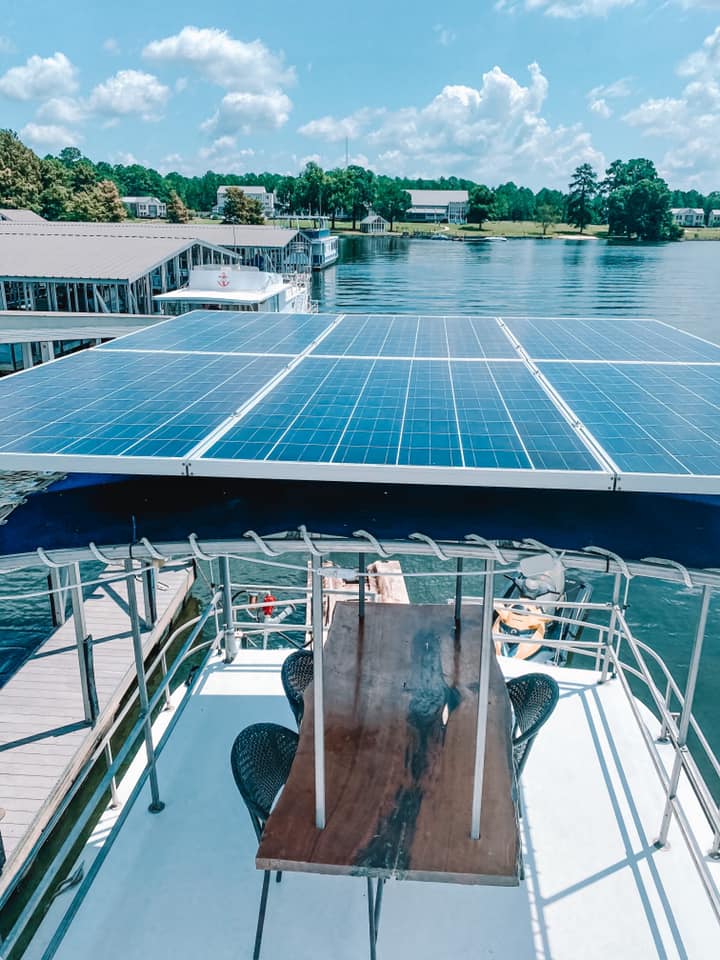What has wooden boats to do with solar energy? Well, in the old days, not so much, because it did not exist at that time...
However, today Solar Energy is your other alternative, to generate electricity for charging your batteries.
Not only, we love the old boats, but most of all we like to enjoy the peace, freedom and quietness on the water. So, do I need that noisy old generator, to power my fridge, lights and AC on our Constellation?
Our original hardtop on the Constellation, which remains, will be equipped with flexible solar panels. They will be not visible on the side, only from the air. These solar panels are used to charge the batteries for Stationary use (cabin) and the Electrical Propulsion. Also, will these solar panels trickle charge the batteries, so they don't die from discharging of "non-sleeping devices". When the Constellation stays in the Marina, power remains on, whether it is connected on shore or running off shore on the batteries. This gives us the possibility to monitor the entire boat via a smartphone.
Yes, we build Off-Grid Solar Energy Systems on land too.Just ask!
On land, most popular are our ground mount Solar Energy Systems or Solar Awnings.
Thanks Sunshine!







